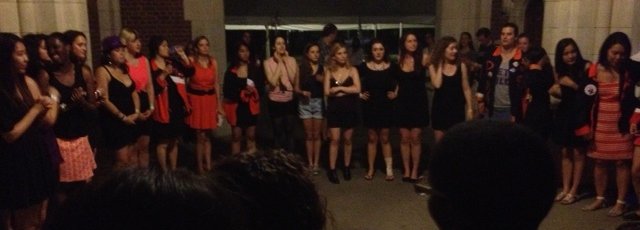I thought I’d try posting something a little different here, although I think still very relevant to the topic. I’ve read a few interesting books recently and want to share some thoughts about them. Between summer work in the community and travel, it looks like I’m just about fit to keep up a monthly update right now.
This seemed like the sort of book that would be a perfect accompaniment to this blog. In many ways, it touches on the same issues – what do we need to import versus what can we get more locally. However, though I enjoyed the book, I was somewhat disappointed on a couple of fronts.
First, Bongiorni seems to be coming from a dramatically more “consumerist” mindset than I can wrap my head around. For example, she wages a near-constant battle with herself not to give in and buy her kids everything they demand in the toy store; whereas, to me, the idea of walking up and down the aisles of a crap-our-grandparents-never-saw toy store with kids sounds like something the ancient Greeks would make up as a punishment for someone who defied the gods. The amount she obsesses over a pair of sunglasses for her “poor” husband, so that he doesn’t have to walk around squinting and embarrassing her, is, or should be, more embarrassing than the dilemma itself.
Second, the book title is depressingly literal. The target – the only target- of her boycott is essentially the “Made in China” label. Made in Mexico? Fair game. Made in Germany? Fair game. Made in Vietnam? Fair game. Made in Hong Kong? Well, she proves herself to be a little “geopolitically challenged” as well – fair game until she figures out what a “special administrative region” is. In all of her work to screen out Made in China labels, she seems relatively oblivious to the idea of buying local, or of thinking at all about the impact of shipping products all around the globe. It’s hard for me to believe that in a year, this question didn’t cross her mind, but if it did, she didn’t have much to say about it.
I don’t want to be too harsh. It’s a pretty well-written and engaging book, and the publicity that it garnered has surely helped a lot of people to look at an issue they might have gone on ignoring forever without Bongiorni’s help. The question of “what has become of American manufacturing”, which she does address to some extent, is an important one and one that needs to be addressed in any serious effort to buy local. It does feel like she could have taken this further, though.
Although I’m not done reading this, I’ve been very pleased with what I’ve seen so far. I’ve had several of Korten’s books on my bookshelf awaiting enough time to read them, and in some ways I’m starting in the middle of a “series” – but it’s definitely the good part. In his earlier books, Korten has identified a problem, and tried to draw attention to it; in this one, he turns the corner and lays out, if not the solution, at least a solution that provides a glimmer of hope.
The problem, in some sense, is the fact that we’ve allowed ourselves to be convinced that “democracy”, “the free market”, “capitalism”, and “world domination by mega-corporations” are inseparable, when they are not. In the aftermath of the “Red Scare” and the “Cold War”, politicians afraid of communist and socialist ideas have swung toward an opposite extreme that is equally damaging: fascism, or as Eisenhower would have described it, the military-industrial state. Korten himself only touches on this political issue, preferring instead to talk about the dichotomy between money and life.
A good example of this is voting rights: should voting rights be tied to lives (“one person, one vote”) or to money (the equating of money spent to free speech, and the inclusion of corporate personhood in free speech rights)? We have allowed ourselves to be sold the idea that you can’t have a free market without placing money above life, and yet there’s nothing about “the market” that requires it to have any role at all in things like politics or voting.
Korten goes back again and again to original sources, from Aristotle to Adam Smith to Thomas Hobbes, to understand how things have gone so far off the rails. Smith is known as the “father of economics” and is the person to whom the phrase “invisible hand” of the market is attributed. Korten points out that, far from believing that people act only in self interest, Smith’s treatise on “The Theory of Moral Sentiments” (which Smith himself appears to have considered his most important work) focuses on the extent to which social relations between people influence them to do things for the greater good. At the same time, Korten shows how the philosopher Hobbes (whose work essentially argues that humans are naturally horrible and need someone like a king to rule them and prevent them from self-destructing) has infiltrated economic thinking, and underpins the idea that money knows what’s best for us, so we’d better do what it says.
In the end (well, middle really, but I doubt this will change) Korten goes back to Adam Smith for a set of key principles about how markets should function. First, he points out that Smith’s market is equally applicable regardless of the currency, and suggests (metaphorically) that life rather than money should be the currency. (Consider the significance, to use one of Korten’s simplest examples, of rewriting the phrase “time is money” to “time is life.”) Second, he takes a principle straight from Smith, that the decision maker should bear the costs of the decision. If fossil fuel use destroys the environment, those choosing to use fossil fuels should themselves pay the penalty for this (e.g. a tax used to offset the consequences), rather than having others pay it (e.g. distributed health care costs from smog, or heaven forbid government subsidies to fossil fuel producers). Third, he emphasizes Smith’s expectation that businesses should be small.
There are numerous other points, but among the consequences of these first three is locality of commerce. If large businesses are regulated/taxed out of existence, and only small businesses exist, and if the costs of shipping items across the country or around the world are borne by the purchasers of the products, then there will be a natural shift toward relying on local suppliers for all but the most exceptional and life-affirming goods.
Korten also talks about how to get this shift in consciousness, expectations, and practice to occur. Though I haven’t read all he has to say about this, one thing is clear. We cannot wait for some grand consensus on changing our political and economic system. We have to begin to act in accordance with what we expect, and allow that to seep broadly into the consciousness of humanity.
And after all, isn’t that really the point of this blog in the first place?
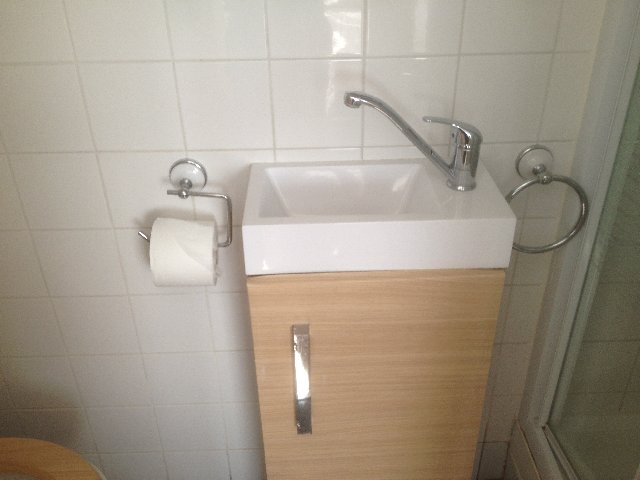 Just to give you a sense, this is how they fit the sink into the bathroom – they cut it in thirds, took the middle third with the faucet, and turned that sideways. Not really… but that’s about how big this is. However, the beach was very close – only two blocks up and about 100 feet down. It seems that most of the coast is made up of large cliffs dropping off to the beach below.
Just to give you a sense, this is how they fit the sink into the bathroom – they cut it in thirds, took the middle third with the faucet, and turned that sideways. Not really… but that’s about how big this is. However, the beach was very close – only two blocks up and about 100 feet down. It seems that most of the coast is made up of large cliffs dropping off to the beach below.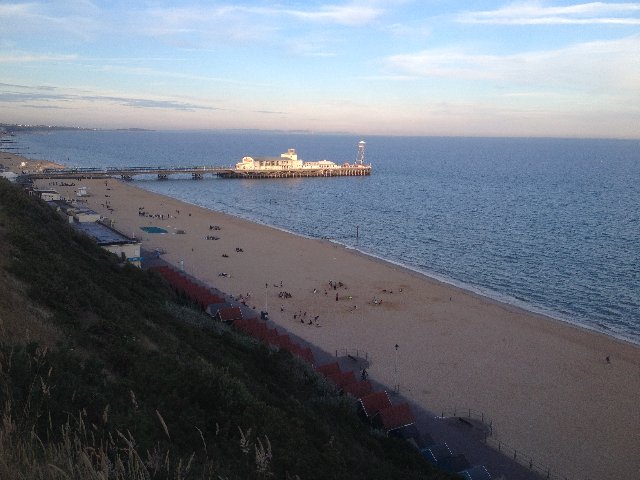


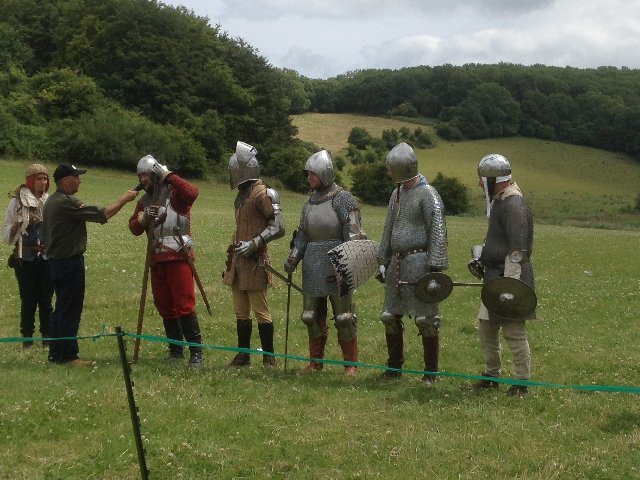
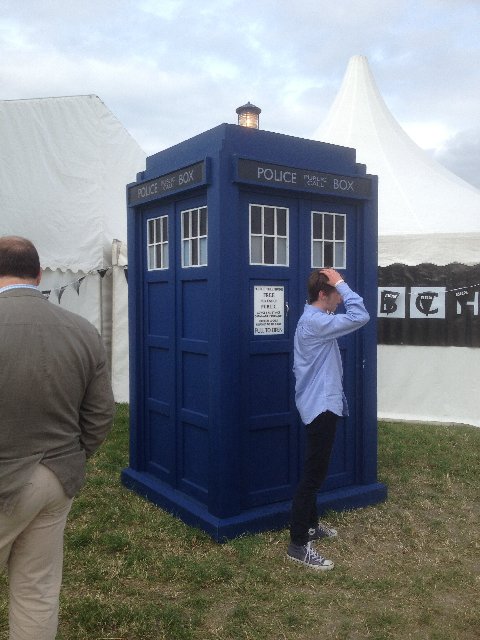

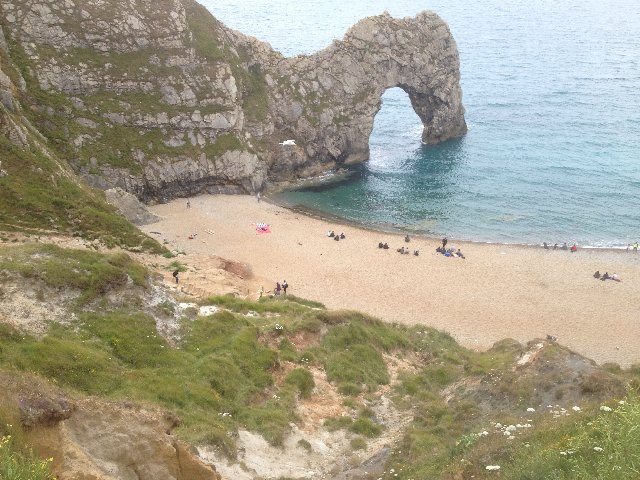

 tonemason
tonemason